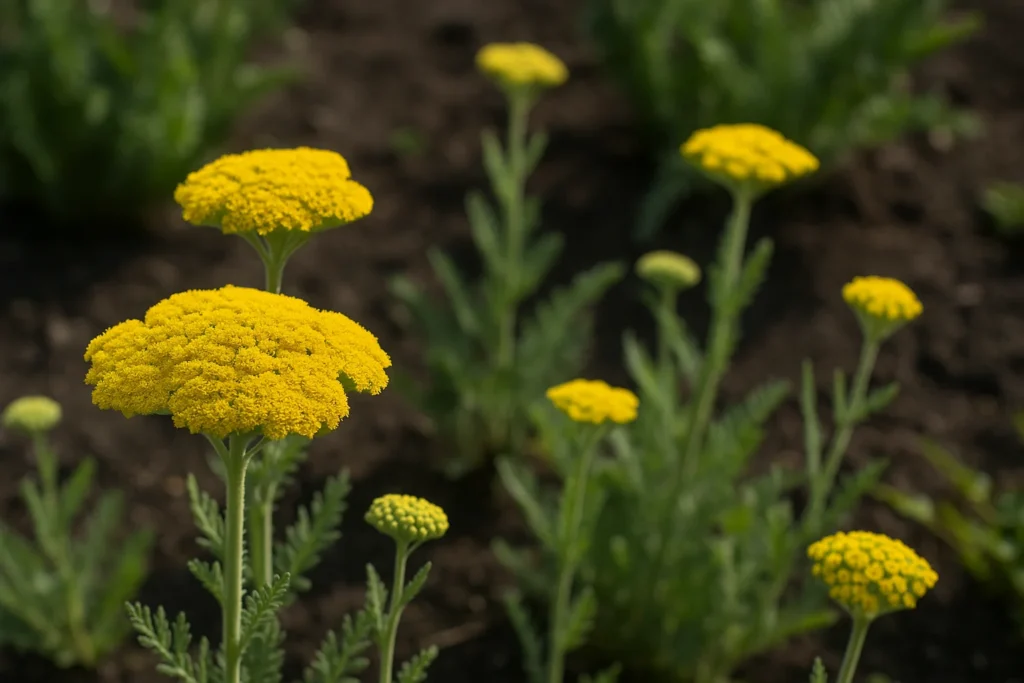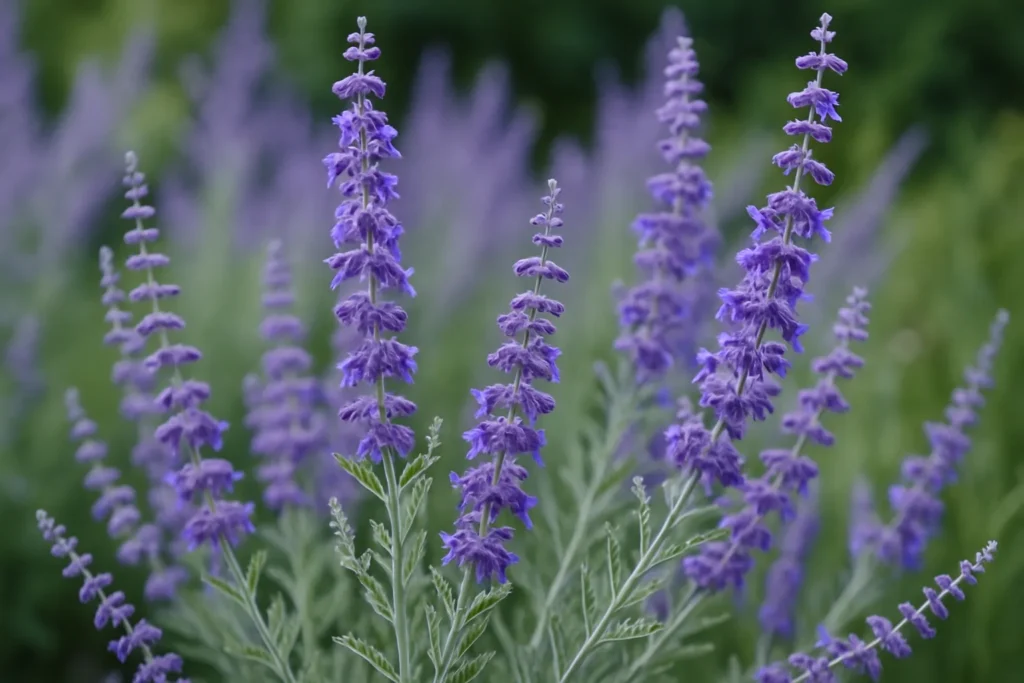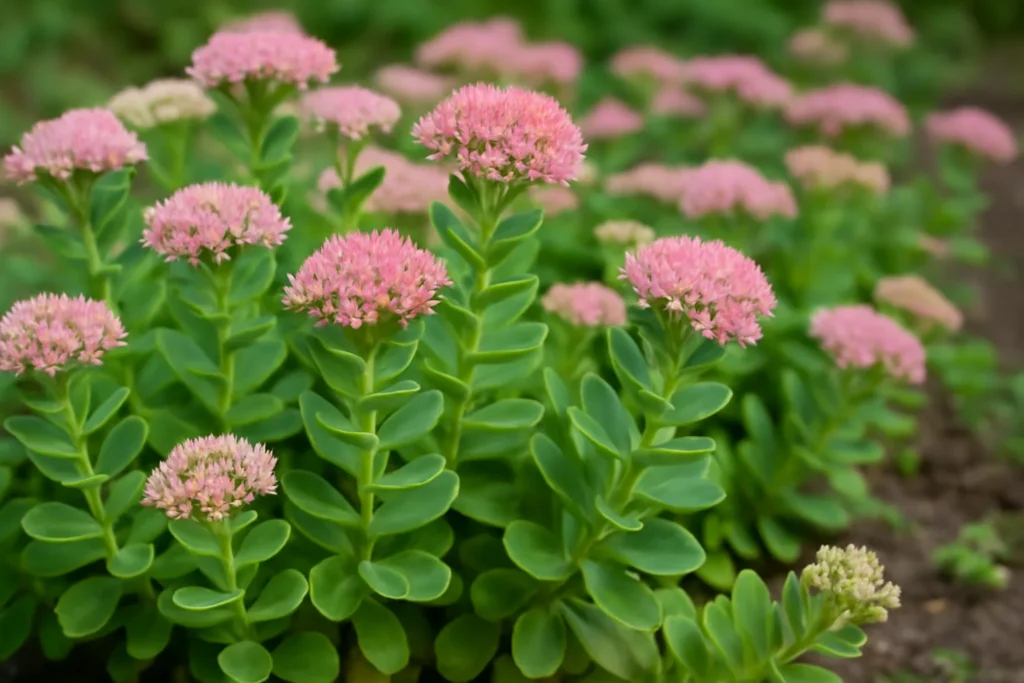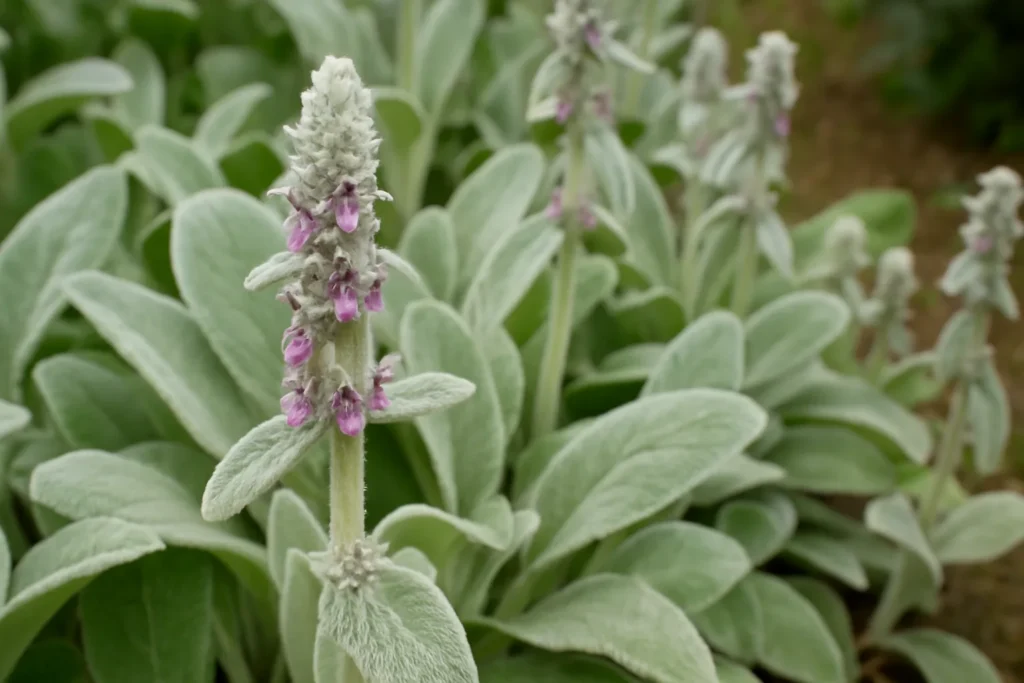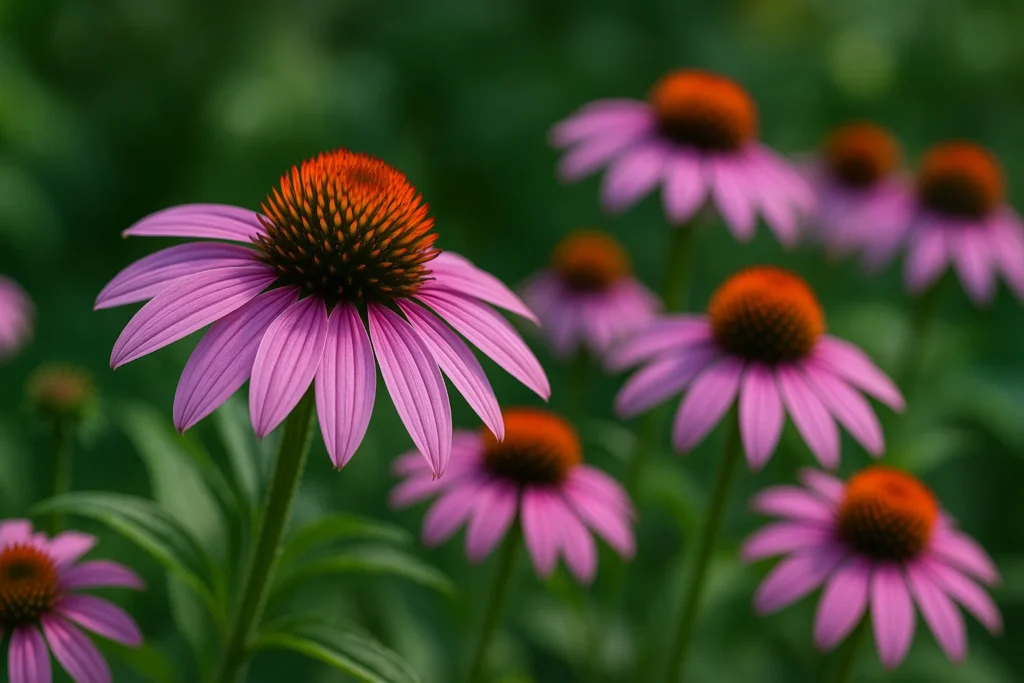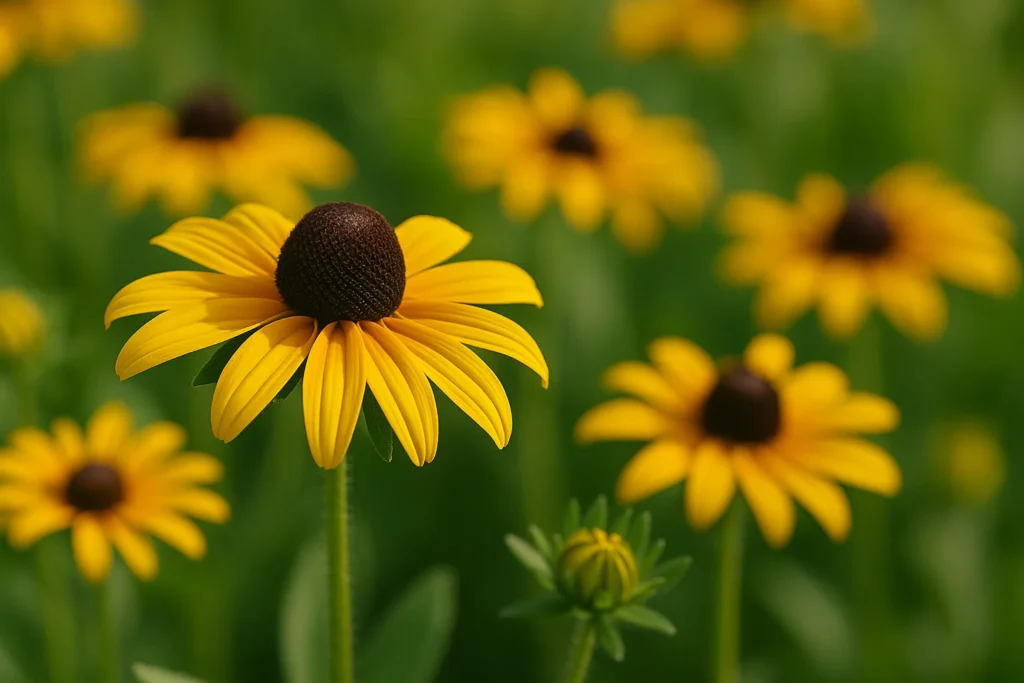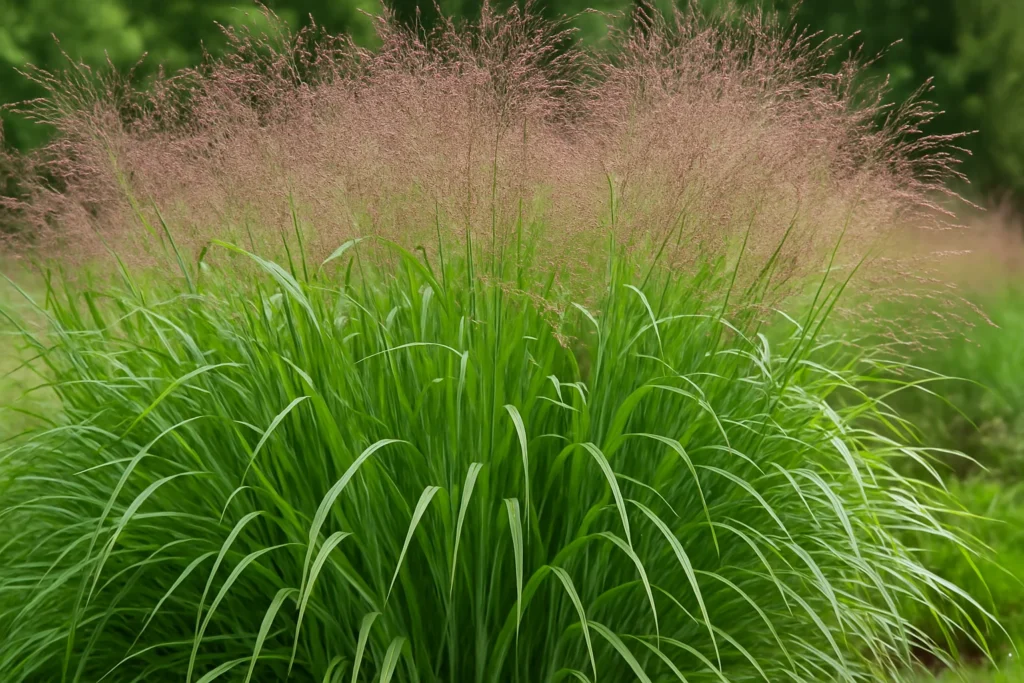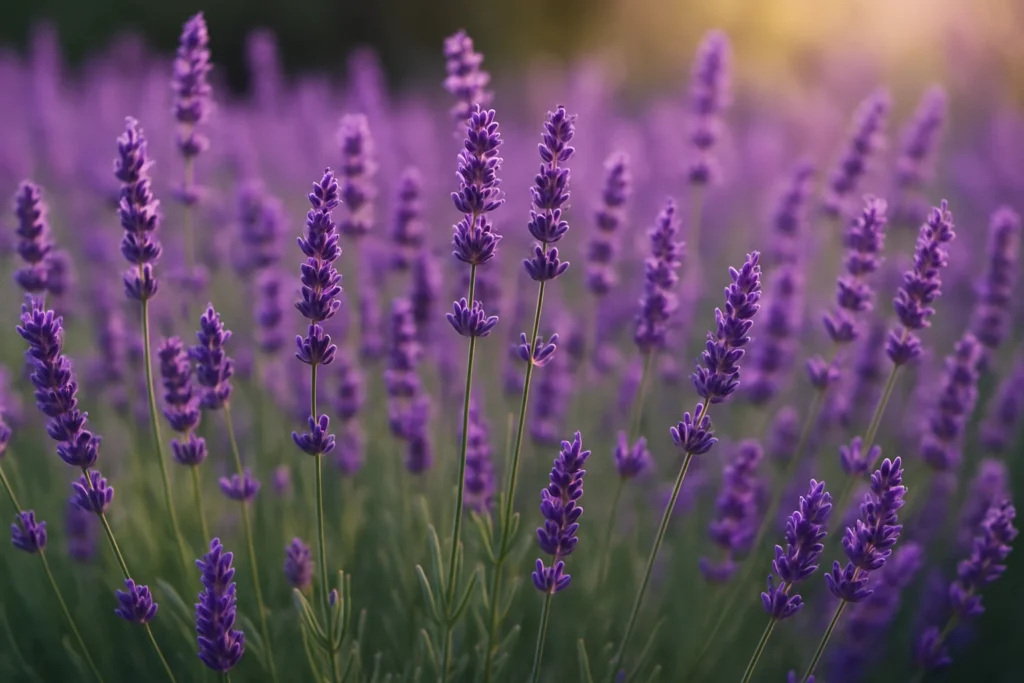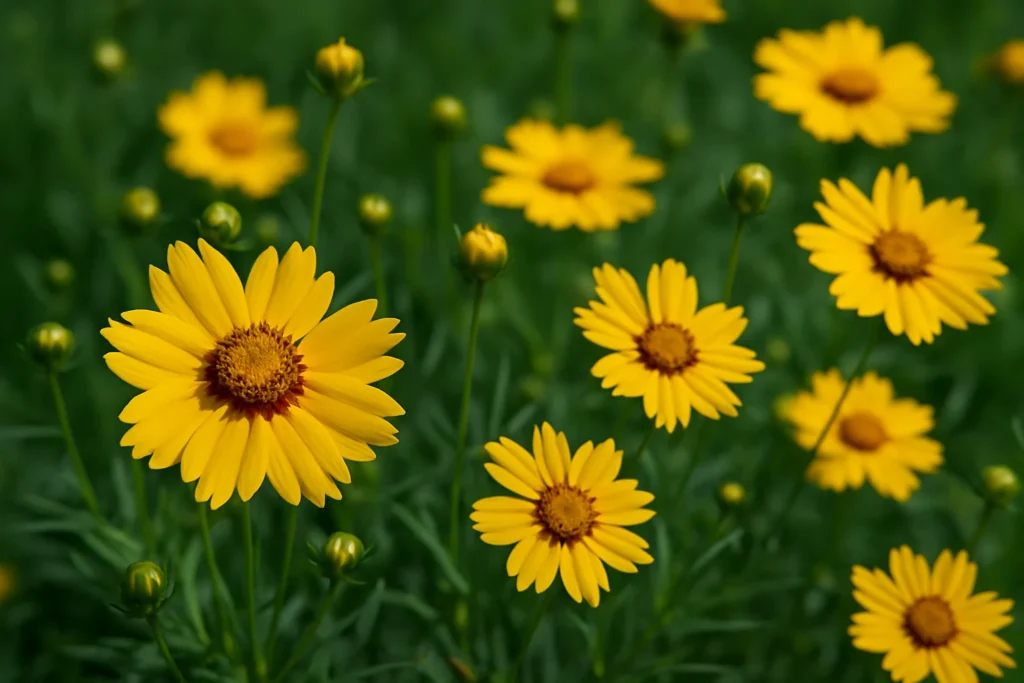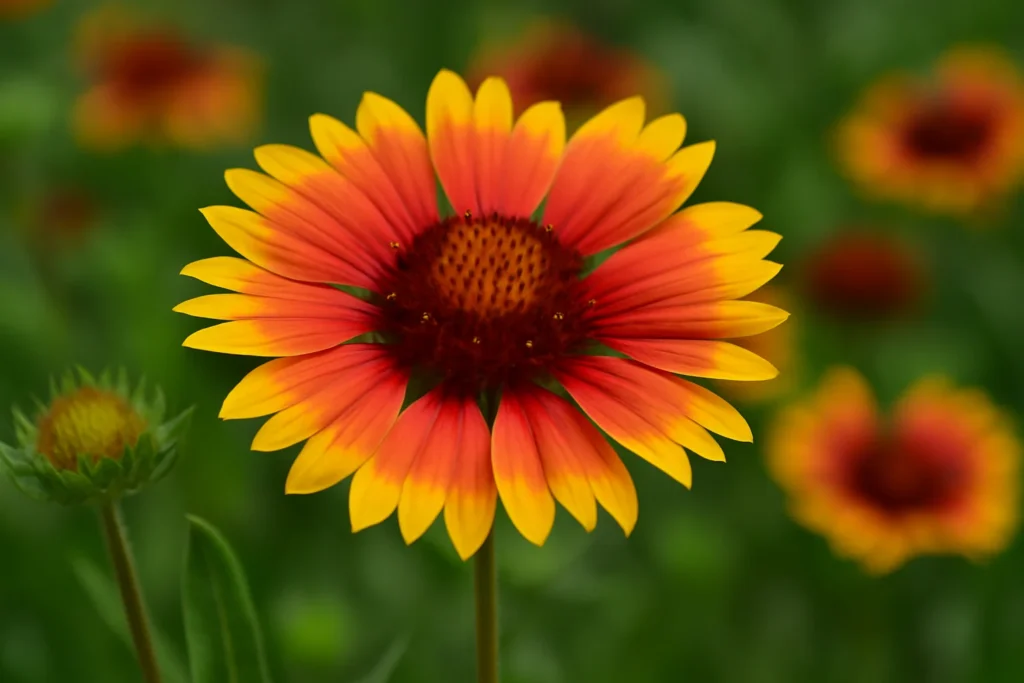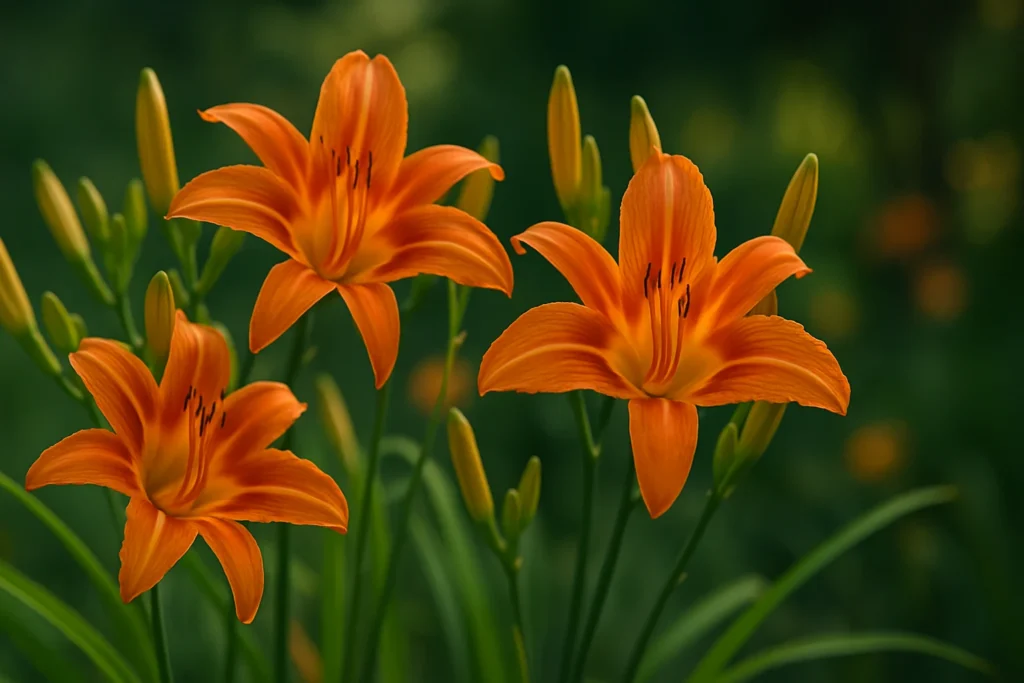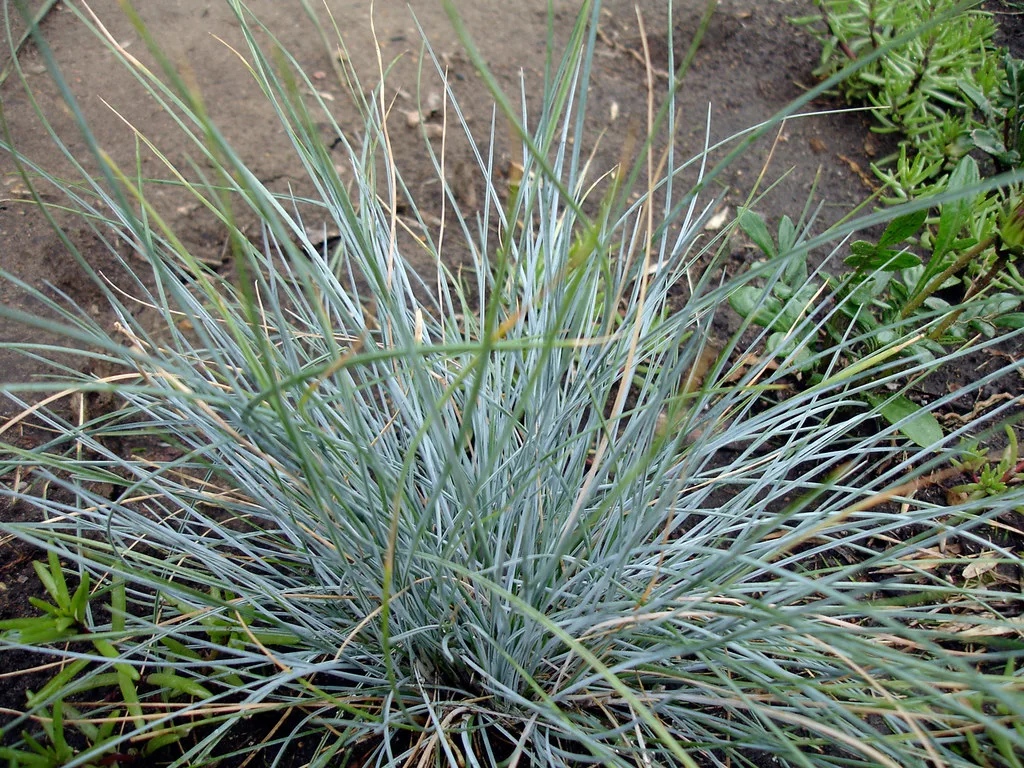15 Plants That Tolerate Poor Soil (And Still Thrive)

Does your garden suffer from poor soil? You’re not alone. Whether it’s sandy, rocky, clay-heavy, or simply lacking nutrients, difficult soil conditions can frustrate even the most patient gardener. But here’s the good news: some plants not only survive but thrive in poor soil.
This guide will walk you through 15 plants that tolerate poor soil — with expert insights, practical care tips, and real-life stories that prove you don’t need perfect soil for a flourishing garden.
1. Yarrow (Achillea millefolium)
Common yarrow is a native wildflower known for its tiny white flower clusters and soft, feathery leaves. “Yarrow is a fantastic choice for poor soil in sunny spots,” says native plant expert Jen McGuinness, author of Bird-Friendly Gardening. Its deep roots allow it to tolerate sandy, gravelly, and even clay soils with surprising ease.
Ecologist John Norris recalls seeing yarrow blooming “on a decommissioned copper mine road in Colorado — a barren moonscape where few plants survive.” This resilience makes yarrow a top contender among plants that grow in poor soil.
Beyond toughness, yarrow also attracts beneficial insects like ladybugs and hoverflies, serving as a larval host for the Painted Lady Butterfly.
Care Tip: Minimal watering, prefers neglect once established.
Planting Zone: 3–9.
2. Russian Sage (Perovskia atriplicifolia)
“Russian sage is ideal for poor soil that drains well,” says horticulturist Laura Finch. Its silvery foliage and lavender blooms are practically immune to neglect. Whether your soil is rocky or sandy, Russian sage will reward you with blooms well into fall.
It thrives in plants for poor soil full sun scenarios and adds vertical interest to garden beds.
Care Tip: Cut back in early spring to encourage fresh growth.
Planting Zone: 5–9.
3. Butterfly Weed (Asclepias tuberosa)
This native milkweed prefers lean, dry soils and punishes gardeners who “overlove” it with rich amendments. “Butterfly weed blooms brighter and stays sturdier in poor soils,” says pollinator advocate Mary Phillips of the National Wildlife Federation.
It’s not just a showpiece — its vivid orange flowers attract monarchs, bees, and beneficial bugs.
Care Tip: Full sun, excellent drainage, little to no fertilizer.
Planting Zone: 3–9.
4. Sedum (Stonecrop)
Stonecrop sedums are succulents that excel in bad soil conditions. Their fleshy leaves store water, making them perfect for areas with sandy or shallow soil.
“Sedums are the ultimate ‘set-it-and-forget-it’ plants,” says landscape designer Mark Hines. “Poor soil actually keeps them from growing too leggy.”
Care Tip: Loves full sun and hates wet feet.
Planting Zone: 3–9.
5. Lamb’s Ear (Stachys byzantina)
With its soft, silvery leaves, Lamb’s Ear seems delicate, but it’s a fighter. “Lamb’s Ear thrives in neglected corners where little else survives,” notes garden blogger Anna Schultz. It prefers plants for poor drainage areas but still needs good air circulation to prevent rot.
Care Tip: Avoid wet, humid spots.
Planting Zone: 4–9.
6. Coneflower (Echinacea purpurea)
“Coneflowers are native workhorses,” says Jen McGuinness. Their tough roots handle drought and poor soil with ease, offering months of blooms and vital food for pollinators.
While richer soil might encourage bigger blooms, coneflowers perform reliably in plants that grow in poor soil conditions.
Care Tip: Deadhead spent flowers for prolonged blooming.
Planting Zone: 3–9.
7. Black-Eyed Susan (Rudbeckia hirta)
Few flowers that grow in poor soil are as cheerful as Black-Eyed Susan. “It’s a pioneer plant that colonizes rough soil quickly,” says Norris. Its golden blooms light up neglected areas.
Care Tip: Tolerates drought once established. Self-seeds freely.
Planting Zone: 3–9.
8. Switchgrass (Panicum virgatum)
Native to prairies, Switchgrass is built for plants poor soil environments. Its deep roots stabilize soil, making it excellent for erosion control and poorly drained soil patches.
“Switchgrass brings structure to wild areas while improving soil health over time,” says Finch.
Care Tip: Cut back in early spring. Tolerates both drought and occasional wetness.
Planting Zone: 4–9.
9. Lavender (Lavandula spp.)
“Lavender thrives on neglect,” says Hines. Rich, moist soils are actually detrimental, leading to root rot. In fact, poor, sandy soil with sharp drainage is ideal.
Perfect for plants that grow in poor soil and full sun, lavender rewards you with fragrance and pollinators.
Care Tip: Prune after blooming to maintain shape.
Planting Zone: 5–9.
10. Coreopsis (Tickseed)
Coreopsis produces daisy-like flowers from early summer into fall. “Lean soil encourages denser blooms,” says Schultz. Overly fertile soil can cause floppiness, making plants for bad soil its sweet spot.
Care Tip: Deadhead regularly for continuous flowering.
Planting Zone: 4–9.
11. Blanket Flower (Gaillardia)
Known for its fiery hues, Blanket Flower tolerates poor soil and thrives in heat. “It’s happiest when you ignore it,” says Phillips. It’s also one of the top flowers that grow in poor soil and harsh sun.
Care Tip: Requires excellent drainage.
Planting Zone: 3–10.
12. Purpletop Vervain (Verbena bonariensis)
“Purpletop Vervain brings an airy elegance to tough sites,” says Finch. It performs best in plants that grow in poor soil and shade edges, bridging sun and partial shade effortlessly.
Care Tip: Self-seeds prolifically. Thin seedlings to prevent overcrowding.
Planting Zone: 7–11.
13. Daylilies (Hemerocallis spp.)
“Daylilies tolerate nearly any soil,” says garden author Amy Jentz. “They may bloom more vigorously in ideal soils, but even in poor conditions, they still put on a reliable show.”
Their adaptability makes them favorites among plants that grow in bad soil.
Care Tip: Divide clumps every few years for best performance.
Planting Zone: 3–9.
14. Sea Thrift (Armeria maritima)
Sea Thrift thrives in sandy, coastal soils. “It handles salt spray, drought, and poor nutrients,” says Norris. Ideal for plants poor soil landscapes with good drainage.
Care Tip: Loves full sun. Cut spent flowers for reblooming.
Planting Zone: 4–8.
15. Blue Fescue (Festuca glauca)
A compact ornamental grass, Blue Fescue is a stylish solution for plants for poor drainage soil areas. “Its icy blue color stands out against gravelly or sandy backdrops,” notes Hines.
Care Tip: Divide every few years to maintain shape.
Planting Zone: 4–8.
FAQ: Common Questions About Plants That Tolerate Poor Soil
Q: Can I improve poor soil without heavy amendments?
A: Yes. Using plants that grow in poor soil naturally improves soil structure through root systems and organic debris over time.
Q: What’s the difference between poor soil and poorly drained soil?
A: Poor soil lacks nutrients and structure, while poorly drained soil stays waterlogged. Some plants handle both, but drainage-loving plants (like Lavender) will struggle in wet soils.
Q: Which flowers grow best in poor soil?
A: Coneflower, Black-Eyed Susan, Coreopsis, and Blanket Flower are reliable flowers that grow in poor soil without fuss.
Conclusion: Embrace the Soil You Have
Perfect soil is rare. The key is working with nature—not against it. By choosing plants that tolerate poor soil, you’ll create a thriving, low-maintenance garden where others struggle.
Want to plan smarter? Try our Plant Spacing Calculator and explore guides on plants for bad soil and plants for poorly drained soil.
Learn more about soil types and plant adaptation from the USDA Plant Hardiness Zone Map

